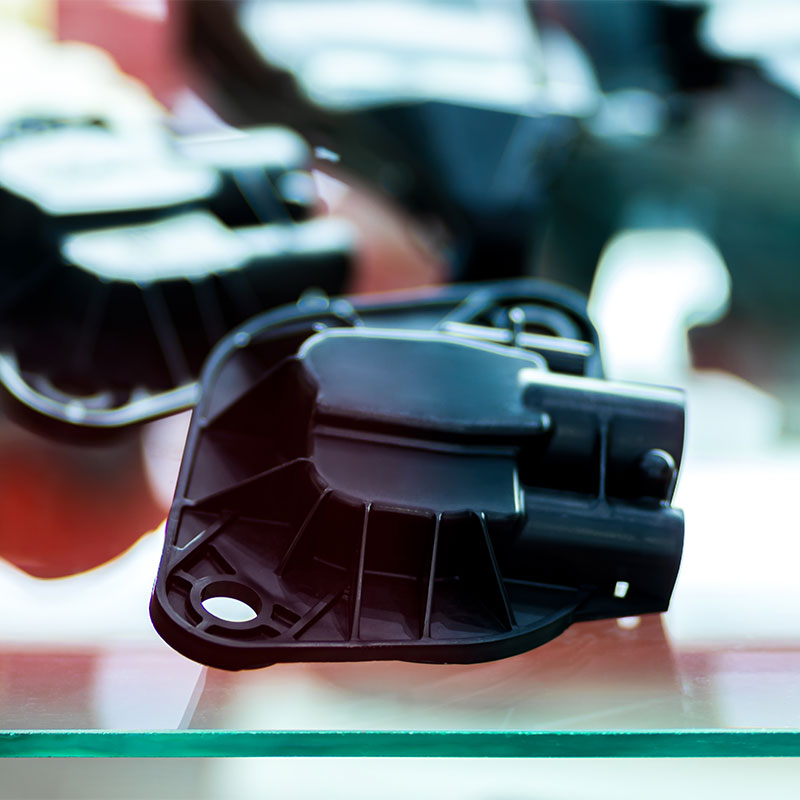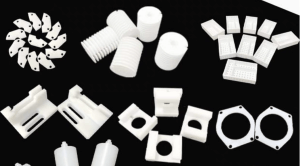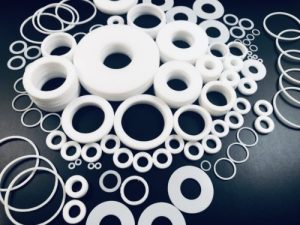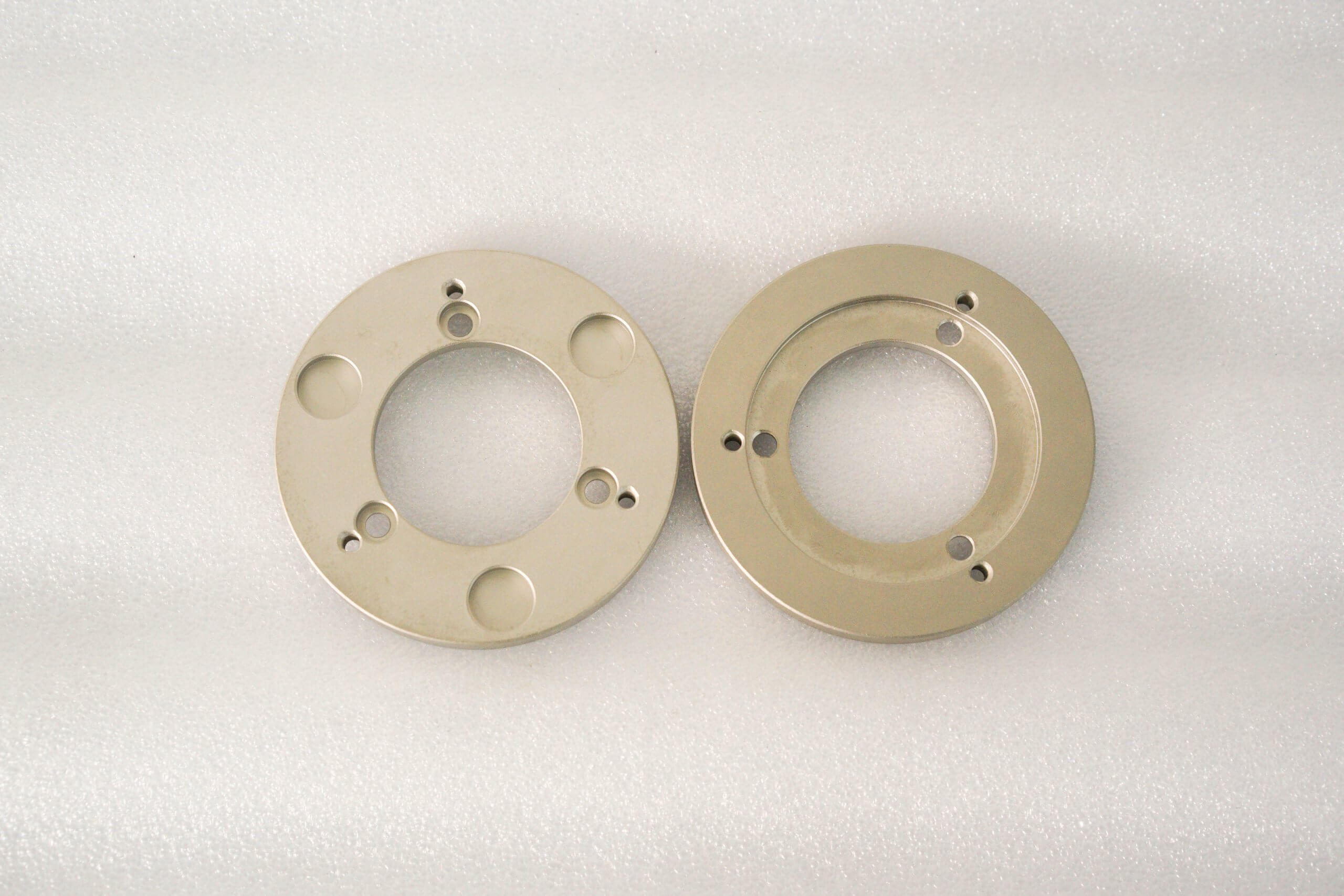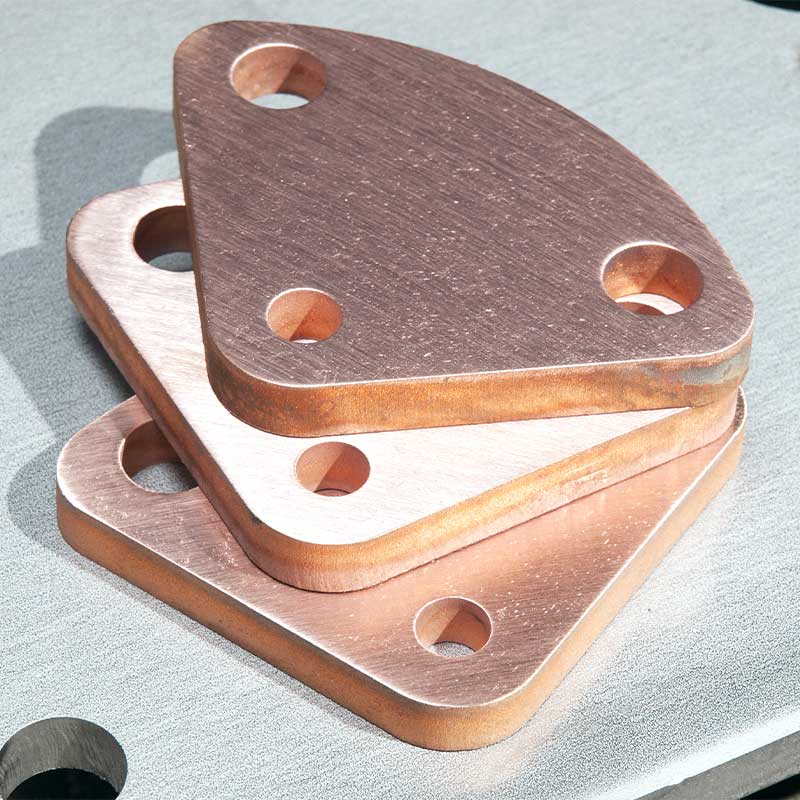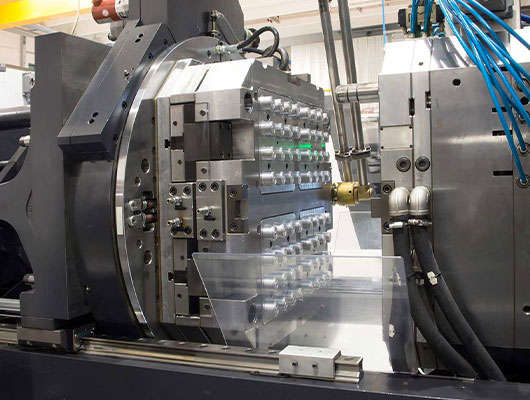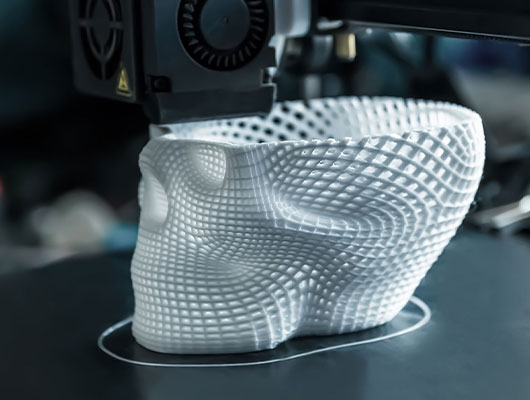About Polypropylene(PP)
Polypropylene, abbreviated as PP, is a versatile and commonly used thermoplastic material in the manufacturing industry. It is a lightweight, durable, and chemically resistant material, which makes it an ideal choice for various applications such as packaging, automotive parts, and medical devices.
Polypropylene is easy to machine using CNC technology, and its low coefficient of friction makes it a suitable plastic material for producing gears, bearings, and other parts that require high wear resistance. Additionally, polypropylene can be easily welded, making it an excellent choice for manufacturing parts that require sealing or bonding.
One of the benefits of polypropylene is that it is a recyclable material, which makes it an environmentally friendly option. It is also resistant to moisture, which makes it an excellent choice for producing components that need to be used in wet environments.
Overall, polypropylene is a versatile material that offers numerous benefits, including high strength, durability, and chemical resistance. Its properties make it a popular choice for a wide range of manufacturing applications, and its ease of machining makes it a cost-effective option for producing high-quality components using CNC technology.


